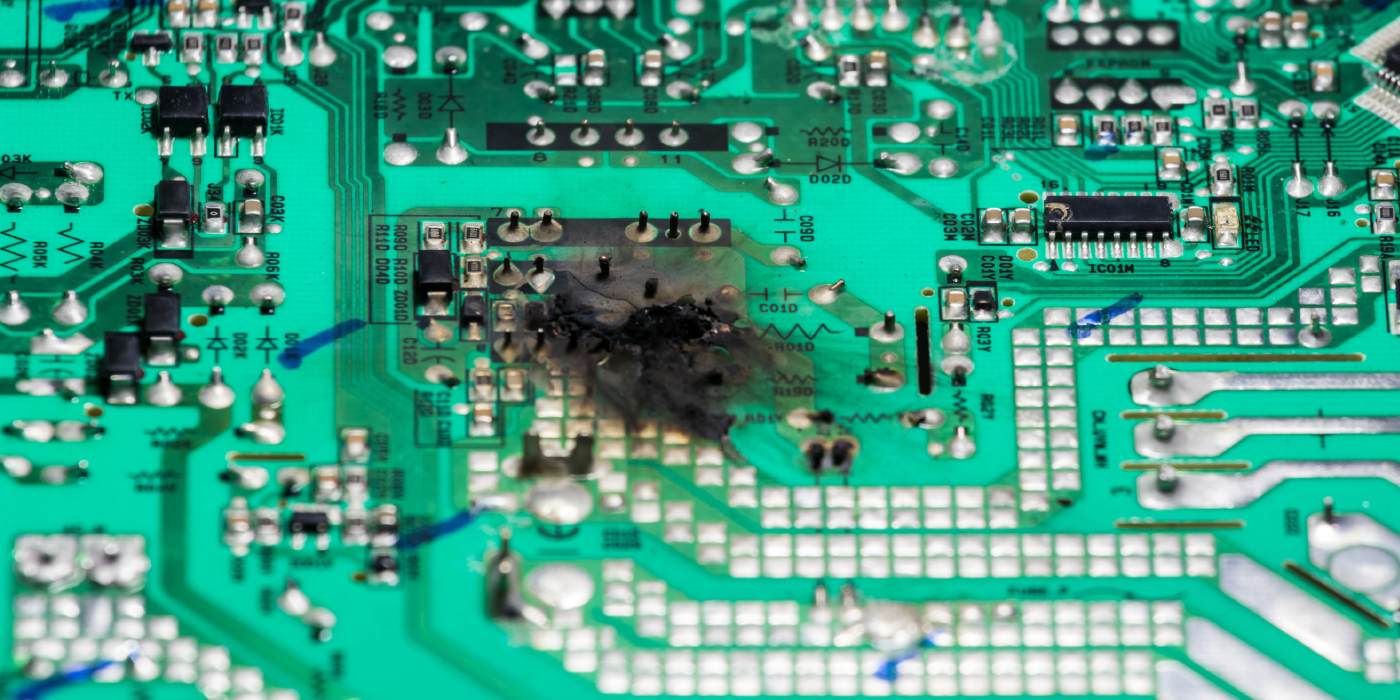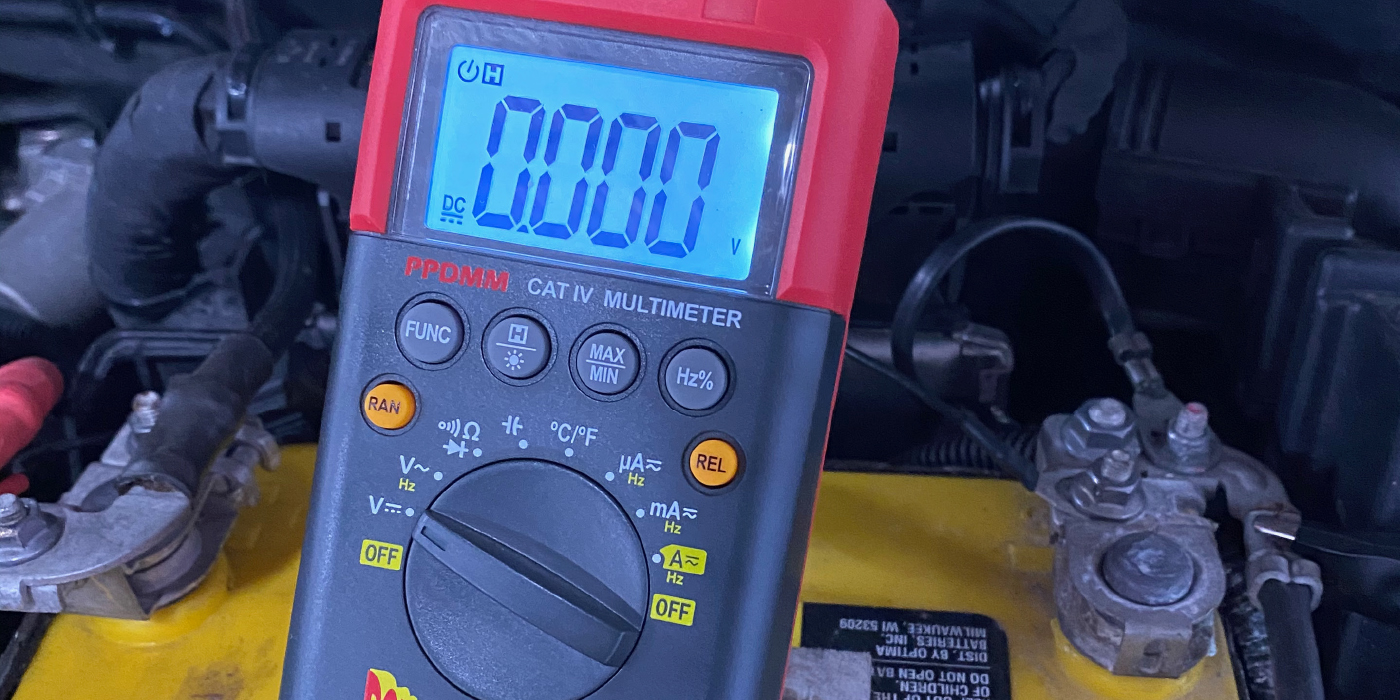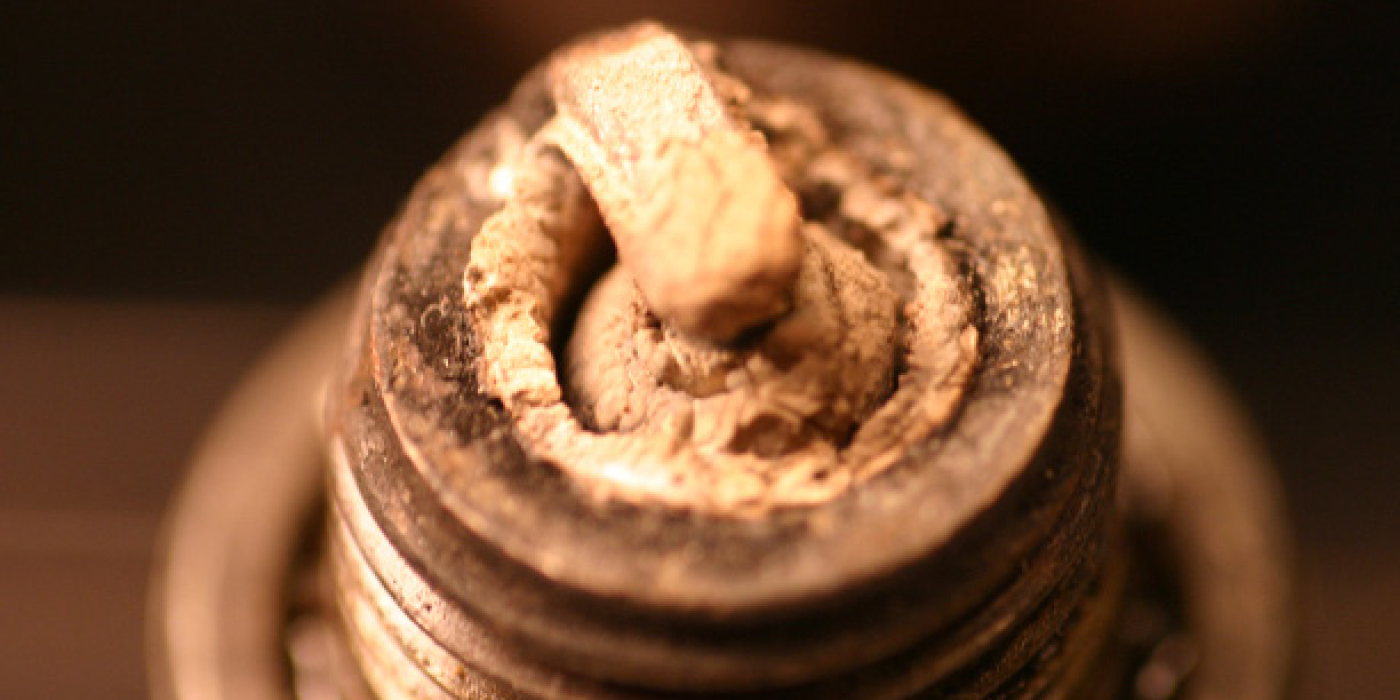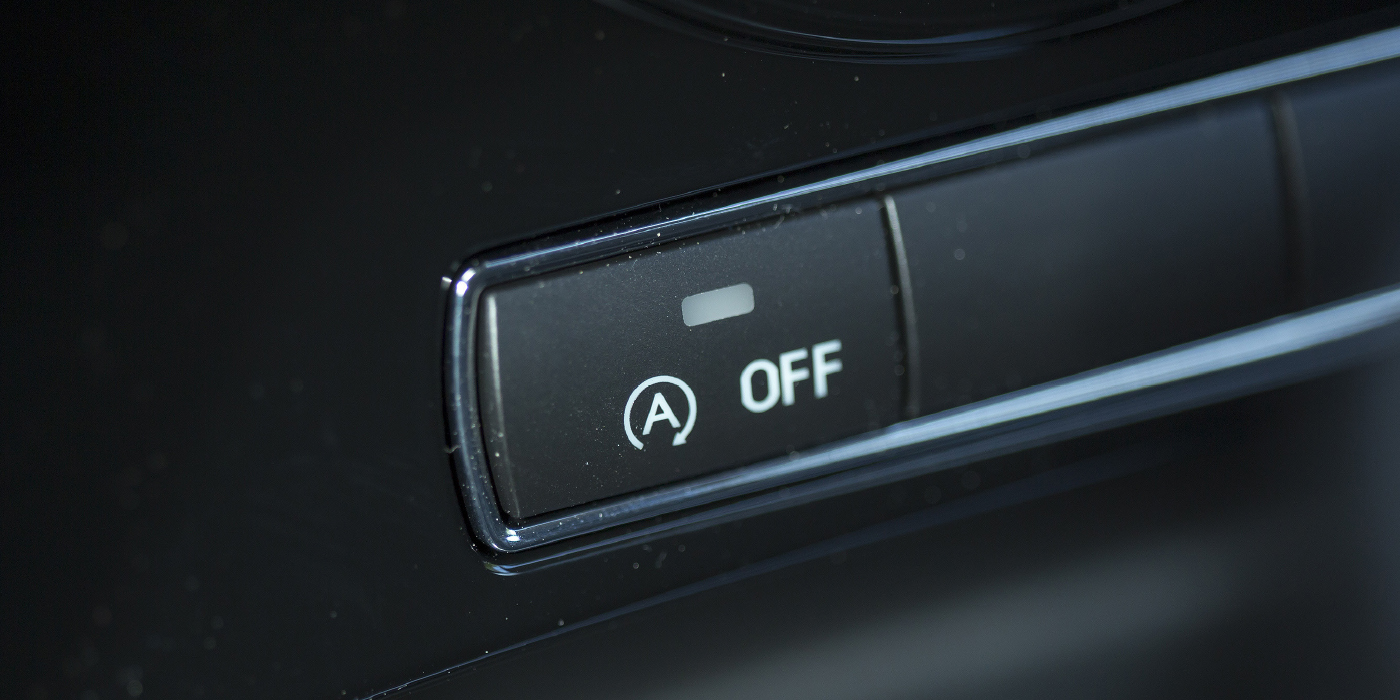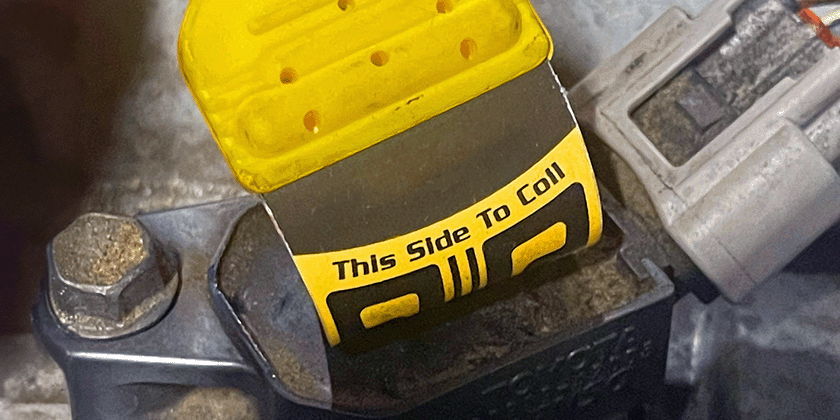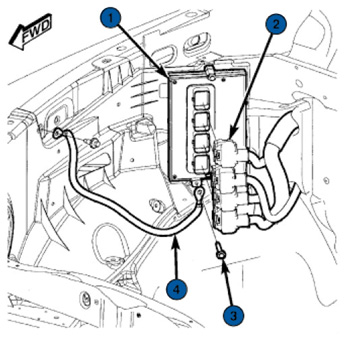 Removal
Removal
Certain ABS systems rely on having the Powertrain Control Module (PCM) broadcast the Vehicle Identification Number (VIN) over the bus network. To prevent problems of DTCs and other items related to the VIN broadcast, it is recommended that you disconnect the ABS CAB (controller) temporarily when replacing the PCM.
Once the PCM is replaced, write the VIN to the PCM using a diagnostic scan tool. This is done from the engine main menu. Arrow over to the second page to “1. Miscellaneous.” Select “Check VIN” from the choices. Make sure it has the correct VIN entered before continuing. When the VIN is complete, turn off the ignition key and reconnect the ABS module connector. This will prevent the setting of DTCs and other items associated with the lack of a VIN detected when you turn the key on after replacing the PCM.
Use a diagnostic scan tool to reprogram the new PCM with the vehicle’s original VIN and the vehicle’s original mileage. If this step is not done, a Diagnostic Trouble Code (DTC) may be set.
The PCM (see Figure 1, 1) is attached to the right-inner corner of the engine compartment.
Warning: To avoid possible voltage spike damage to the PCM, the ignition key must be off, and the negative battery cable must be disconnected before unplugging the PCM connectors.
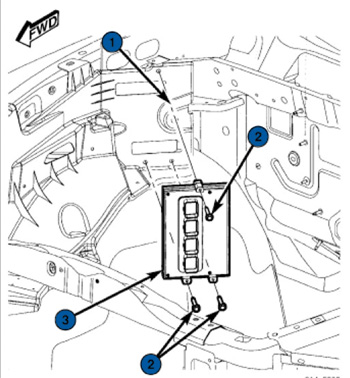 1. Disconnect and isolate the negative battery cable.
1. Disconnect and isolate the negative battery cable.
2. Carefully unplug the four 38-way connectors (Figure 1, 2) from the PCM.
3. Remove the three PCM mounting bolts (Figure 2, 2), and reposition the ground strap (Figure 1, 4).
4. Remove the PCM from the vehicle.
Installation
1. Position the PCM (Figure 2, 3) to the vehicle.
2. Install the three PCM mounting bolts (Figure 2, 2). Tighten the bolts to 3-5 Nm (30-40 in.-lbs.).
3. Be sure the ground strap is secured both at the bottom of the PCM and at the inner-fender.
4. Check the pin connectors in the PCM. Also check the four 38-way connectors for corrosion or damage. Repair as necessary.
5. Install the four 38-way connectors to PCM.
6. Connect the negative battery cable.
7. Use the diagnostic scan tool to reprogram the new PCM with the vehicle’s original VIN and original vehicle mileage. If this step is not done, a DTC may be set. Refer to Reset Procedure.
Courtesy of Chilton, Chrysler Service Manual






